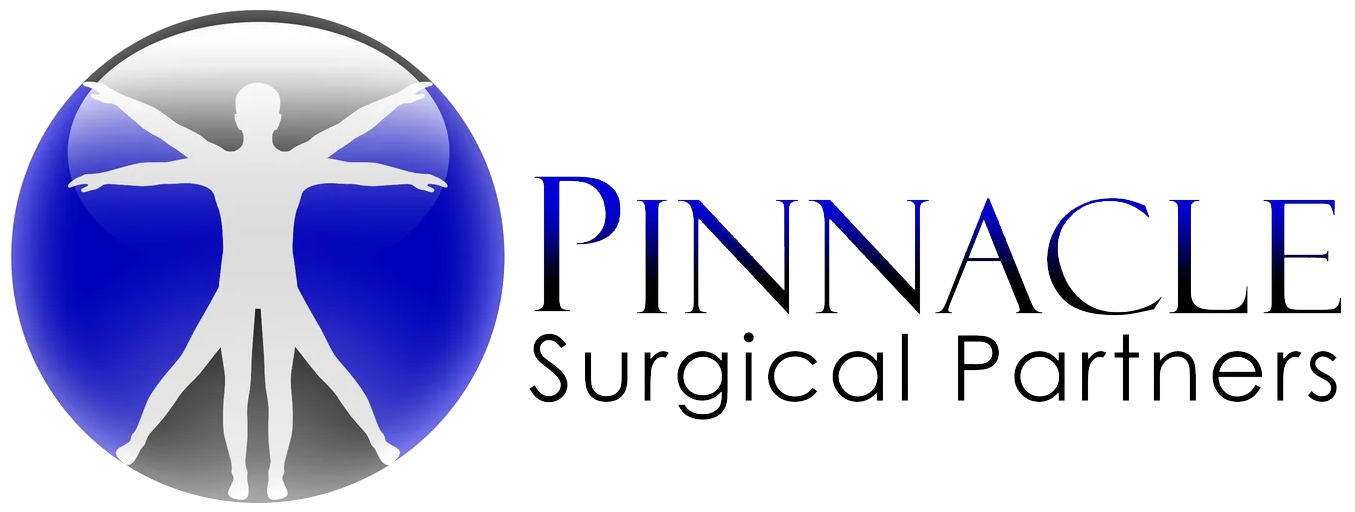Spinal Disorders
OPERATIVE & NON SURGICAL MANAGEMENT OF
CERVICAL, THORACIC & LUMBAR SPINE DISORDERS
WE MANAGE THE FULL SPECTRUM OF NECK & BACK DISORDERS WITH PARTICULAR EXPERTISE IN MINIMALLY INVASIVE THERAPIES.
Back and neck pain are common complaints in the general population, with an estimated 80% of adult Americans experiencing either condition over the course of their lives. An estimated 10% of people will experience chronic back pain (pain that lasts 3 months or longer), with an estimated economic cost of almost $300 billion to the US economy. The causes of back and neck pain are varied – and the vast majority of patients will not require surgical intervention. Our goal is to help identify the root cause of your symptoms and find the most effective therapy. Most patients will require little more than time, therapy and a short course of medical management. Patients experiencing intractable pain due to a spinal instability, neurologic injury due to nerve/spinal cord compression or select patients who fail reasonable attempts at conservative treatment may need to consider operative intervention. Our role is to help patients and their families understand the options available and make the best decision for their specific condition.

